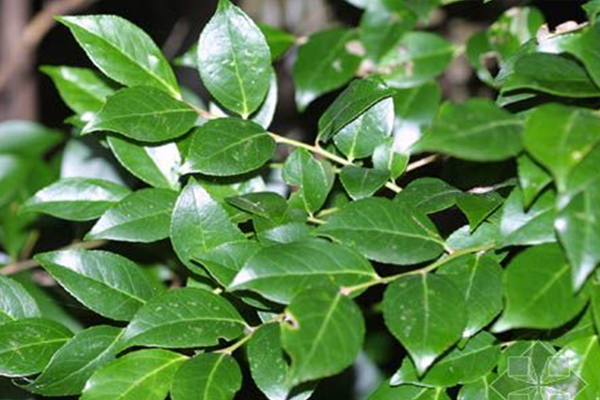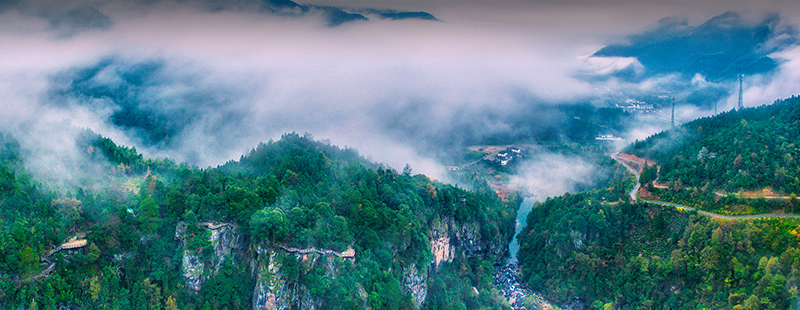Vaccinium bracteatum
Release Date:2024-07-02 Source: Number of views:153

Vaccinium bracteatum, also known as Lyonia ovalifolia, was called "Ran Shu" in ancient times. It belongs to the Ericaceae family and is an evergreen shrub. It is mostly distributed in the southern regions of China. It loves sunlight, is drought-tolerant, cold-resistant and able to endure infertile soil, and has a relatively wide range of suitable habitats. It is an excellent material for making bonsai and potted plants. People can strengthen their muscles and improve their complexion by consuming the juice of its leaves.
On the eighth day of the fourth lunar month every year, there is a custom of eating black rice made from Vaccinium bracteatum in regions such as Jiangsu, Zhejiang, Anhui, Jiangxi, Hubei and Hunan in China, especially in the regions south of the Yangtze River. On this day every year, vendors selling black rice can be seen everywhere in the streets and alleys. In the old days, black rice that cost two or three copper coins was spread on a clean, wet white cloth. It was steaming hot. With white sugar added, the white cloth was rolled up and then wrapped in lotus leaves. It smelled fragrant and had a unique flavor.
The calyx of Rhododendron sinense, which is similar to Vaccinium bracteatum, falls off early, while the calyx of the former persists, which makes it easy to distinguish them.

Vaccinium bracteatum, also known as Lyonia ovalifolia, was called "Ran Shu" in ancient times. It belongs to the Ericaceae family and is an evergreen shrub. It is mostly distributed in the southern regions of China. It loves sunlight, is drought-tolerant, cold-resistant and able to endure infertile soil, and has a relatively wide range of suitable habitats. It is an excellent material for making bonsai and potted plants. People can strengthen their muscles and improve their complexion by consuming the juice of its leaves.
On the eighth day of the fourth lunar month every year, there is a custom of eating black rice made from Vaccinium bracteatum in regions such as Jiangsu, Zhejiang, Anhui, Jiangxi, Hubei and Hunan in China, especially in the regions south of the Yangtze River. On this day every year, vendors selling black rice can be seen everywhere in the streets and alleys. In the old days, black rice that cost two or three copper coins was spread on a clean, wet white cloth. It was steaming hot. With white sugar added, the white cloth was rolled up and then wrapped in lotus leaves. It smelled fragrant and had a unique flavor.
The calyx of Rhododendron sinense, which is similar to Vaccinium bracteatum, falls off early, while the calyx of the former persists, which makes it easy to distinguish them.
- Prev:Syzygium buxifolium
- Next:Cleyera japonica















